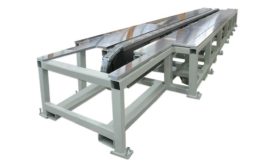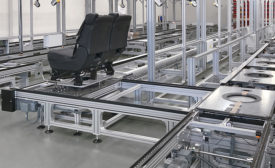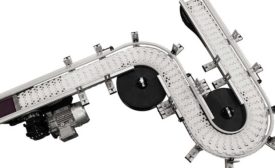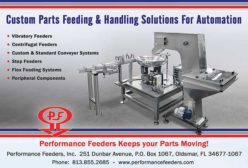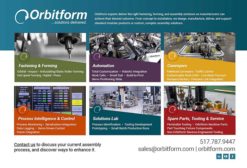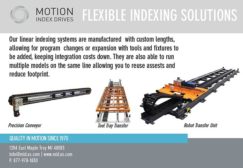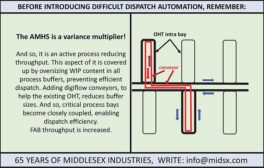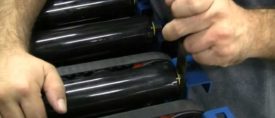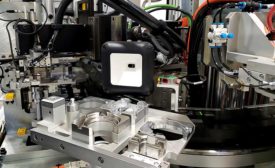Home » Keywords: » conveyors
Items Tagged with 'conveyors'
ARTICLES
advertisement
Advantages of Precision Link Indexing Conveyors for Medical Device Manufacturing
June 6, 2023
Best Practices for Conveyor Maintenance
Timely and proper maintenance is essential for all key conveyor components.
April 4, 2022
EVENTS
Webinar Sponsor Webinar Sponsored Webinars
6/12/24 to 6/12/25
Contact: Meg K.
Conveyors in Industry 4.0: Essential Solutions for Evolving Manufacturing Landscapes
Get our new eMagazine delivered to your inbox every month.
Stay in the know on the latest assembly trends.
SUBSCRIBE TODAY!Copyright ©2024. All Rights Reserved BNP Media.
Design, CMS, Hosting & Web Development :: ePublishing
